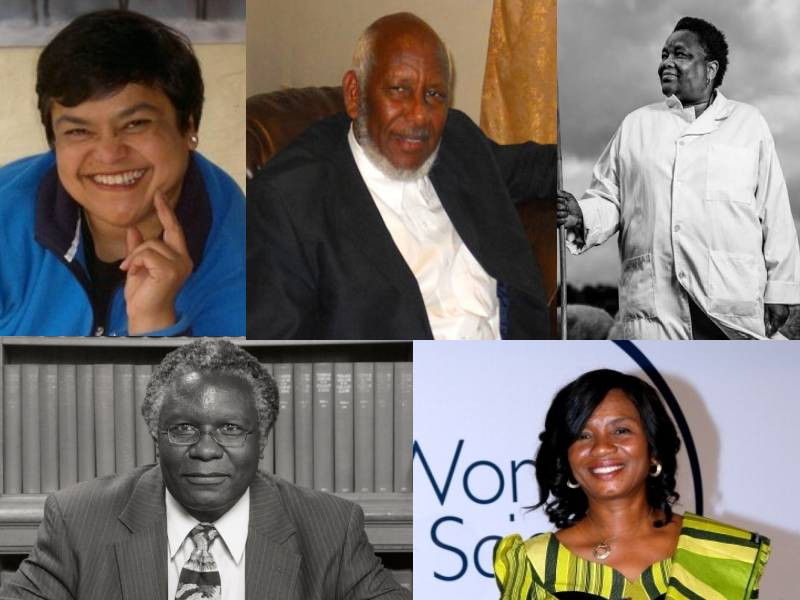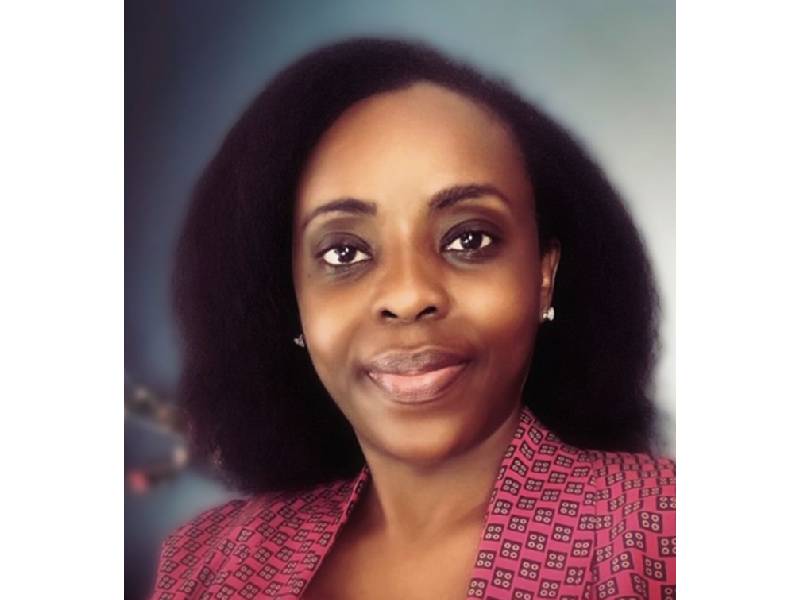Black individuals’ and the Black community as a whole’s contributions and achievements in the history of science have frequently gone unnoticed. By emphasizing these accomplishments and giving deeper, more varied portrayals of scientific history, we are beginning to correct the imbalance in historical and contemporary narratives of science and create new and inspiring role models for future generations. This article will honor African scientists and scholars whose contributions have enriched the scientific world.
Tebello Nyokong
South African chemist Tebello Nyokong (born October 20, 1951) is a Rhodes University professor and a recipient of the Presidency of South Africa’s Order of Mapungubwe in Bronze, the highest honor in the country. This year she received the South African Chemical Institute Gold Medal and was designated one of Africa’s most significant women in science and technology. It was while working as a shepherd in Lesotho’s fields as a youngster that Tebello developed a love of science. Tebello acquired a love for science as a result of her interactions with nature, such as the chirping of birds or the whistling of trees. Since she was a shepherd, so she didn’t have the luxury of going to school every day. Allotted school days and sheep days would have to be set out in the calendar. For the people in her community, this was simply the way things were. According to the Western Gazette, despite the challenges, in 1977, Tebello got her bachelor’s degree in chemistry from the University of Lesotho, her master’s degree in chemistry from McMaster University, and her Ph.D. in chemistry from Western University. Her work in nanotechnology and photo-dynamic treatment has earned her a reputation as a pioneer in the field. Pioneering studies by her in this area are opening the way for better cancer diagnosis and treatment without the severe side effects of chemotherapy. Among South Africa’s top three scientists in 2007, she received the National Research Foundation’s Lifetime Achievement Award, which she received in 2013.
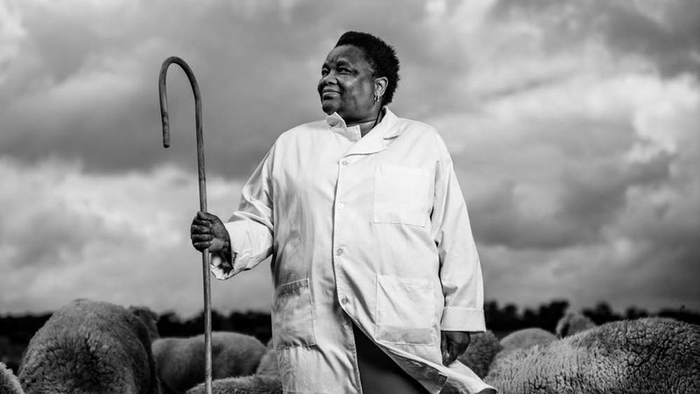
Figure 1 – Portrait of Tebello Nyokong. Source – Google.
Francisca Nneka Okeke
A physicist from Nigeria, Francisca Nneka Okeke, is known for her work in science. A professor of physics at the University of Nigeria, Nsukka is the first female department head in the university’s long history. When she was a child, she started her search for a career in science. She was first intrigued by the sky, its changing hues, and the technology that allowed us to soar across it. As she got older, she realized that physics could answer all of these concerns. According to Beyond the Single Story, her father, who had a Ph.D. in mathematics, was a mentor and an advocate for her when it came to pursuing a career in the STEM fields after he passed away. Throughout her career, Dr. Okeke has authored or co-authored over a hundred papers, 20 short articles, and fifteen books. On top of all that, she’s mentored roughly 28 Master’s students and 12 Ph.D. students. In the end, her efforts were rewarded with the award she regards as her crowning glory: the 2013 L’Oreal-UNESCO Award for Africa and the Arab States (Allotey). A total of five women from each continent are honored with this award each year. Dr. Okeke’s work on the ionosphere was recognized with this honor. Located 50-600 miles above Earth’s surface, the ionosphere is a dense cloud of charged particles called ions. She continues to contribute to a better understanding of climate change through her research on this area.
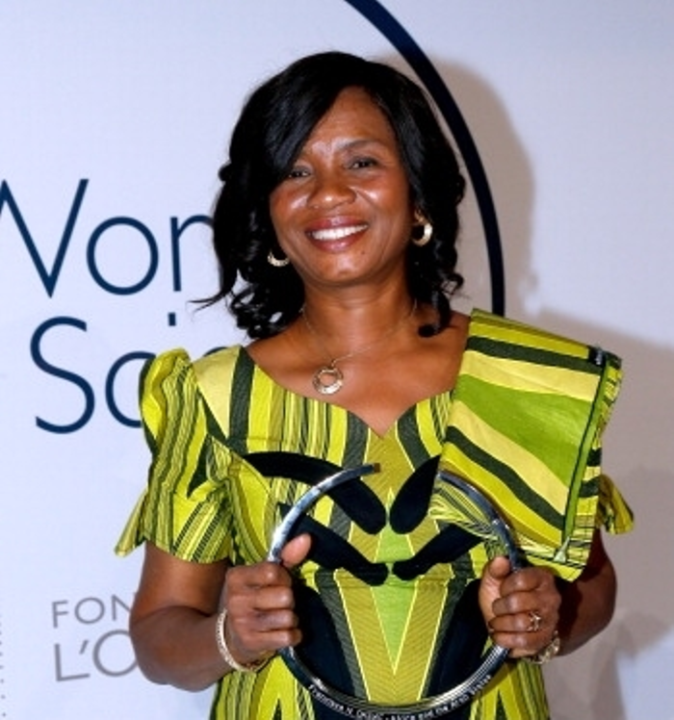
Figure 2 – Portrait of Francisca Nneka Okeke . Source – Google.
Calestous Juma
Kenyan scientist and academic Calestous Juma was known for his work in sustainable development. The New African magazine named him one of the top 100 most influential Africans in 2012, 2013, and 2014. He was a Harvard Kennedy School Professor of Practice of International Development and Faculty Chair of the Innovation for Economic Development Executive Program. Juma was also the director of the Harvard Kennedy School’s Science, Technology, and Globalization Project and the Bill and Melinda Gates Foundation-funded Agricultural Innovation in Africa Project. Oxford University Press released his last book, Innovation and its Enemies: Why People Resist New Technologies, in 2016. According to The Royal Society Publishing, Juma was born and reared in rural Kenya near Lake Victoria, where he had few of the advantages available to the majority of the population. The encouragement and support of his parents as well as a growing number of mentors, however, allowed him to broaden his horizons, discover new educational opportunities, and eventually rise to the position of one of Africa’s leading authorities on the application of technology in developing countries. Juma established Africa’s first autonomous policy research center, the African Centre for Technology Studies, in 1988 to improve technological development research. Following the publishing of Innovation and Sovereignty in 1989, the Kenya Industrial Property Office was established, paving the way for the passage of the Industrial Property Act and establishing the Kenya Industrial Property Office. Analysis of evolutionary technological development and its application to science policy research, high-level guidance on technology, and protection of biodiversity are some of his primary interests.
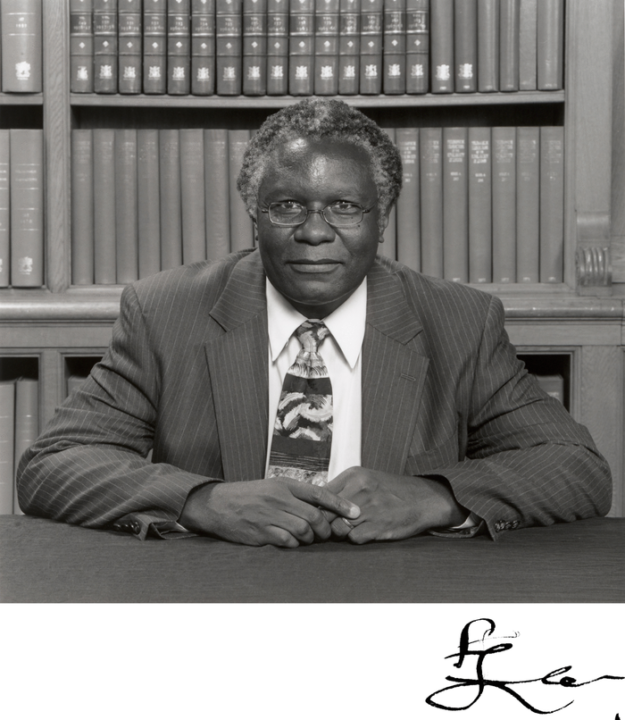
Figure 3 – Portrait of Calestous Juma. Source – Google.
Himla Soodyall
Professor Soodyall is the head of the Human Genomic Diversity and Disease Research Unit, which was created in 2001 by the Medical Research Council of South Africa in conjunction with the National Health Laboratory Service and the University of the Witwatersrand (Wits). According to H3Africa, this 5-year worldwide Genographic Project, developed in cooperation with the National Geographic Society and the IBM Corporation in conjunction with the Waitt Foundation, includes her as Principal Investigator for Sub-Saharan Africa. Born in Durban, Soodyall attended Gandhi-Desai High School before attending the University of Durban-Westville where she earned a BSc and BScHons in science, and the University of the Witwatersrand, where she earned an MSc in biotechnology. Trefor Jenkins supervised her Ph.D. in human population and evolutionary genetics in 1993. At the moment, the emphasis of Dr. Soodyall’s study is on human populations and the evolutionary genetics of people from sub-Saharan Africa, the Indian Ocean, and the Middle East. In 1994, as part of a program to commemorate South Africa’s 10th anniversary of democracy, the Department of Education selected her as one of the country’s Living Treasures. Among the honors, Dr. Soodyall won in 1999 were the National Research Foundation’s President’s Award and Wits Vice-Award Chancellor’s for Research from the South African university. In 2005, South Africa President Thabo Mbeki gave her the Order of Mapungubwe (Bronze) for her contributions to science in the country. More than 45 peer-reviewed scientific papers and chapters in books have been published by her, and she has also edited the book The Prehistory of Africa by Jonathan Ball Publishers in 2006.

Figure 4 – Portrait of Himla Soodyall. Source – Google.
Ahmed Mumin Warfa
Ahmed Mumin Warfa was a botanist from Somalia who discovered Cyclamen somalense alongside his colleague Mats Thulin. Warfa worked as a biology and agricultural professor at Somali National University. He also collaborated with colleagues in Somalia, where he identified numerous unique species, most notably in the northern Bari area. According to Peoplepill, with the onset of the civil war in 1991 and the closing of the institution, Ahmed rose to prominence as a peacemaker, working as a translator for the United Nations and establishing committees for the reconciliation process in Addis Ababa, Ethiopia. His activities led him into a confrontation with numerous local militia commanders, and he became a wanted man as a result. Warfa afterward left Somalia for Nairobi, Kenya, from whence he moved to the United States and became a lecturer at Salt Lake Community College. Warfa is also actively engaged in Somalia and the Somali diaspora’s problems, whether as a reconciliator working for the UN and the Somali President or as an activist soliciting funding for organizations such as Hiiraan University.
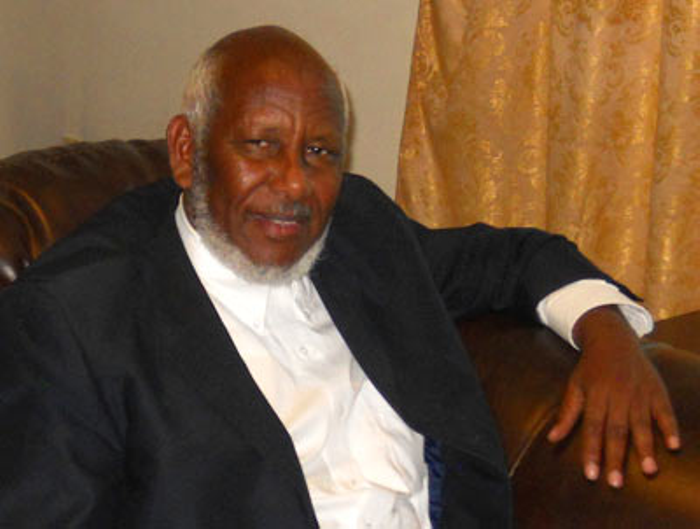
Figure 5 – Portrait of Ahmed Mumin Warfa. Source – Google.

Anand Subramanian is a freelance photographer and content writer based out of Tamil Nadu, India. Having a background in Engineering always made him curious about life on the other side of the spectrum. He leapt forward towards the Photography life and never looked back. Specializing in Documentary and Portrait photography gave him an up-close and personal view into the complexities of human beings and those experiences helped him branch out from visual to words. Today he is mentoring passionate photographers and writing about the different dimensions of the art world.

